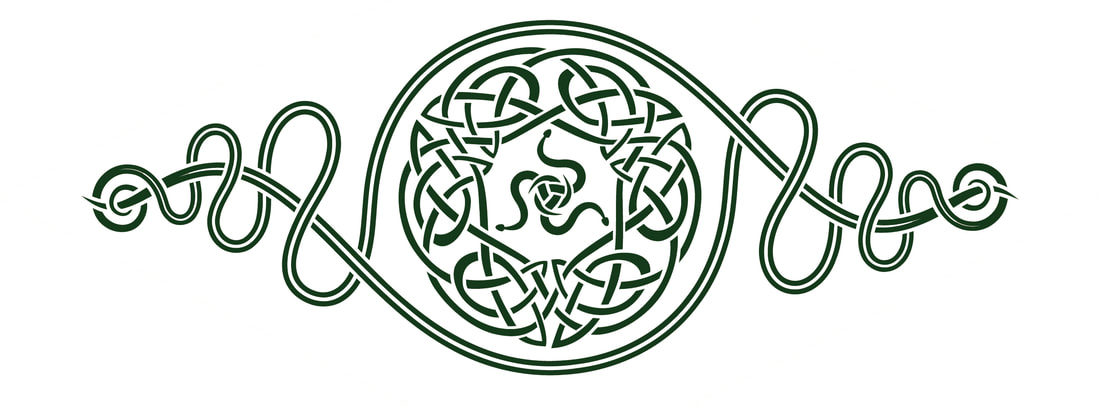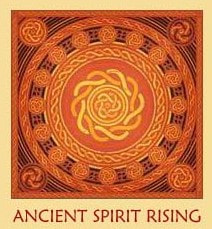REVIEW BY PEGI EYERS
In our quest to recover sustainable lifestyles and return to an authentic connection with the Earth, it is helpful to examine our own ancestral knowledge, and how the cultural wisdom of Old Europe can benefit us today. Those of us in the Celtic diaspora have a wealth of pre-colonial histories to draw on, and fragments of the Old Ways can be found in Ireland, Scotland, England, Wales, Brittany, Cornwall and the Isle of Man. From myth, folklore and the oral tradition we learn that our ancestors lived in balance with the natural world, and that their wild egalitarian souls gave rise to flourishing tribal societies. Fictional accounts are an important part of this reconstruction such as Lioslaith Last of the Painted Ones, that bring to life the ancient ways of the mysterious Picts, whose territories ranged over what is now Scotland.
The various Anglo-Saxon, Briton and Gael tribal divisions are well-known to historians and genealogists, but tracing the Pict society has been more challenging, due to their abrupt disappearance from the historical record through displacement or assimilation. By locating the coming-of-age story of the young woman Lioslaith during the critical decade in Scottish history (836 AD) when the Pict reign was drawing to a close, author George Myles does a remarkable job of developing authentic characters and portraying Pictish lives and challenges. Little is known about the Picts during this transitional time, when the Norse were invading and colonizing the Hebrides, yet Myles elaborates on their integration with their land base, their villages, clan systems, roles of women, herblore and healing, woad tattoos, ogham stones, rituals, agricultural projects, warrior societies, Dunadd, the Whitecleuch chain, the legend of the Wicker Man, the battle of 839 and the Treachery of Scone.
Bringing the reader under the captive spell of the Old Ways, the story of Lioslaith Last of the Painted Ones is a joy for all those seeking to re-connect with their heritage, and affirms that good historical fiction can be another way to root ourselves within our ancestral traditions, and reclaim our sacred relationship with the natural world.
www.lioslaith.com
This review originally appeared in the Spring Solstice 2014 edition of "The Link" www.the-link.ca
The various Anglo-Saxon, Briton and Gael tribal divisions are well-known to historians and genealogists, but tracing the Pict society has been more challenging, due to their abrupt disappearance from the historical record through displacement or assimilation. By locating the coming-of-age story of the young woman Lioslaith during the critical decade in Scottish history (836 AD) when the Pict reign was drawing to a close, author George Myles does a remarkable job of developing authentic characters and portraying Pictish lives and challenges. Little is known about the Picts during this transitional time, when the Norse were invading and colonizing the Hebrides, yet Myles elaborates on their integration with their land base, their villages, clan systems, roles of women, herblore and healing, woad tattoos, ogham stones, rituals, agricultural projects, warrior societies, Dunadd, the Whitecleuch chain, the legend of the Wicker Man, the battle of 839 and the Treachery of Scone.
Bringing the reader under the captive spell of the Old Ways, the story of Lioslaith Last of the Painted Ones is a joy for all those seeking to re-connect with their heritage, and affirms that good historical fiction can be another way to root ourselves within our ancestral traditions, and reclaim our sacred relationship with the natural world.
www.lioslaith.com
This review originally appeared in the Spring Solstice 2014 edition of "The Link" www.the-link.ca
| Pegi Eyers is the author of "Ancient Spirit Rising: Reclaiming Your Roots & Restoring Earth Community," an award-winning book that explores strategies for intercultural competency, uncolonization, recovering an ecocentric worldview, rewilding, creating a sustainable future and reclaiming peaceful co-existence in Earth Community. Available from Stone Circle Press or Amazon. |



